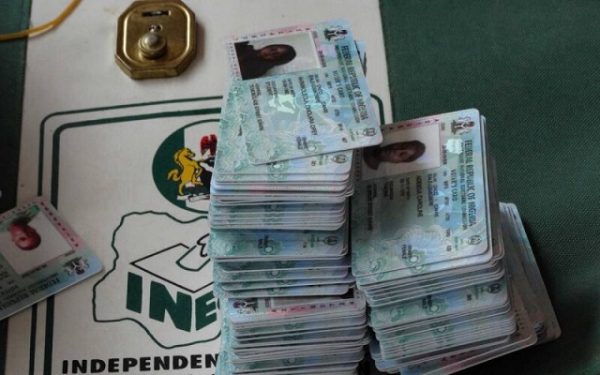With the conclusion of the 2015 Presidential election comes the need to reflect on the successes and failures of the new voting system. Nigerians were introduced to a new system this year facilitated by the use of plastic Permanent Voters Cards and their readers. The Independent National Electoral Commission (INEC) considered the introduction to be a necessary means of ensuring legitimate voting and curbing electoral rigging.
In summary, the high and low points of the introduction of these cards are as follows:
High Points
1. The cards are technologically innovative: We must commend the Chairman of INEC, Prof. Jega Attahiru (the latest national hero) and his team for implementing a weighty innovation into the electoral system. Despite its weaknesses, it was a step in the right direction of ensuring free and fair elections in Nigeria.
2. It curbed massive electoral rigging to a reasonable extent.
Lows Points
1. The problematic distribution process: Many issues were faced from the commencement of card distribution in November, 2014 leading to its eventual extension to 22nd March. Complaints of unavailable cards (either stolen or lost while in transit) were reported by citizens, along with a limited number of INEC staff at collection centres. However, INEC reported an 80% collection rate of PVCs in March 2015 signifying the eventual success of distribution.
2. Biometric verification does not curb illegitimate registration: This was proven by the online circulation of a disturbing photograph on social media this election weekend. In the photograph, a child was seen being accredited by an INEC staff in the Northern part of the country with a PVC reader. This certainly raises concerns on how effective the machines are at ensuring legitimate voting, and shows that the PVCs can only be useful to a certain extent because of the involvement of humans as administrators.
3. Unprepared staff: The voting process on Saturday was significantly slowed down by INEC staff’s unfamiliarity with the use of the readers. Considering the commission had four years to prepare for these elections, it was expected that issues like the non-removal of thin film from the lenses of readers should have been absent. Hand sanitizers should have also been made available from the onset to help with fingerprint recognition.
4. Potential obsoleteness in future elections: The continuous upgrades in the world’s present-day technology brings up the concern of the cards’ obsoleteness during the next set of elections. Would citizens be forced to undergo a new registration process for newly invented cards in 2019? Only time will tell.
Was the introduction of the PVCs and card readers necessary? Yes!
I believe the Commission was successful in conducting the presidential elections despite these challenges and should be commended for a job well done but I also believe that they can achieve better results across the country, if the right approach and the right people – who are technology savvy – are made to handle card readers in subsequent elections.
About the Writer: Ify Halim is a young Creative and a promoter of values through the force that is writing. Follow her on twitter: @MissHalim


